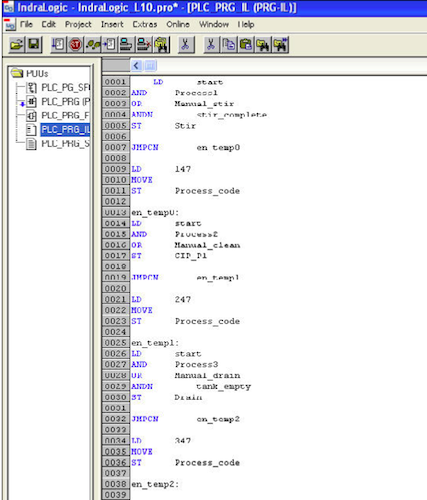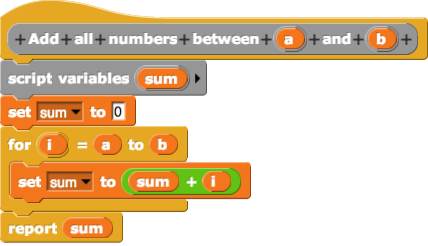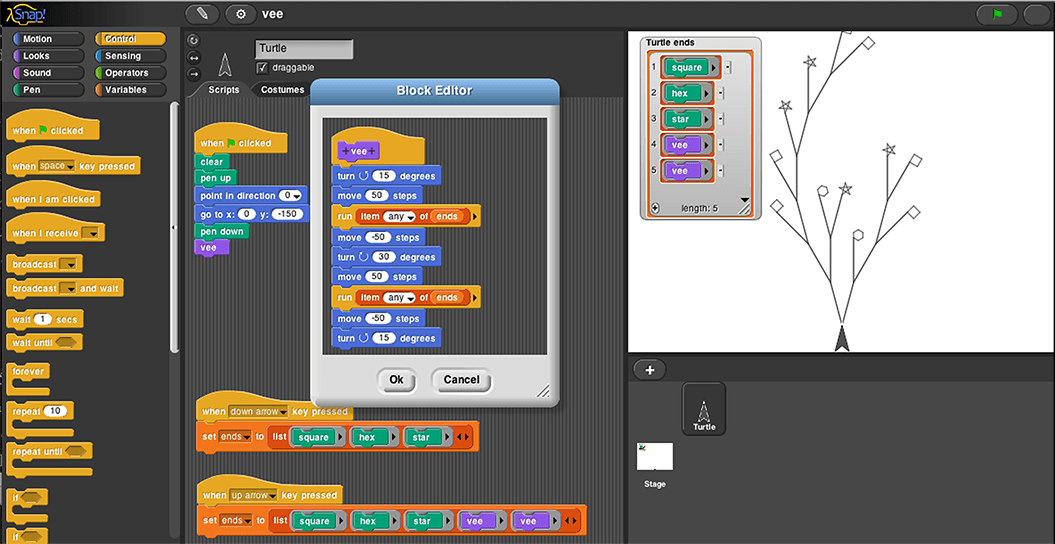

mBlock, an extension of Scratch for Arduino hardware interfaces.Kojo, a programming language, IDE, and learning environment.Kodu, a visual programming tool for Logo.Hopscotch, an iPad app, and visual programming language for creating touchscreen-oriented mobile applications.Flowgorithm, creates executable flowcharts which can be converted to several languages.Catrobat, block-based visual programming language for animations, games.Bubble, for creating production-ready web applications.Blockly, a client-side library for the programming language JavaScript for creating block-based visual programming languages (VPLs) and editors.
Visual programming language list android#

A similar consideration applies to most other rapid application development environments which typically support a form designer and sometimes also have graphical tools to illustrate (but not define) control flow and data dependencies. is textual even though the IDE embellishes the editing and debugging activities with a rich user interface. languages of the Microsoft Visual Studio IDE are not visual programming languages: the representation of algorithms etc. The Visual Basic, Visual C#, Visual J# etc. Dataflow languages also allow automatic parallelization, which is likely to become one of the greatest programming challenges of the future. With the Thymio programming language users can bring a robot into a certain state in order to see how it will react, i.e., which sensors will be activated.Ĭurrent developments try to integrate the visual programming approach with dataflow programming languages to either have immediate access to the program state, resulting in online debugging, or automatic program generation and documentation. Examples: In AgentSheets or AgentCubes users can set games or simulations into a particular state in order to see how program would react. This level of support allows users to put artifacts created with a VPL into a certain state in order to explore how the program will react to that state. Pragmatics: VPLs support the study of what programs mean in particular situations.This could include help functions providing documentation functions built-in to programming languages. Semantics: VPLs may provide some mechanisms to disclose the meaning of programming primitives.


Visual programming environments provide graphical or iconic elements which can be manipulated by users in an interactive way according to some specific spatial grammar for program construction. VPLs may be further classified, according to the type and extent of visual expression used, into icon-based languages, form-based languages, and diagram languages.


 0 kommentar(er)
0 kommentar(er)
